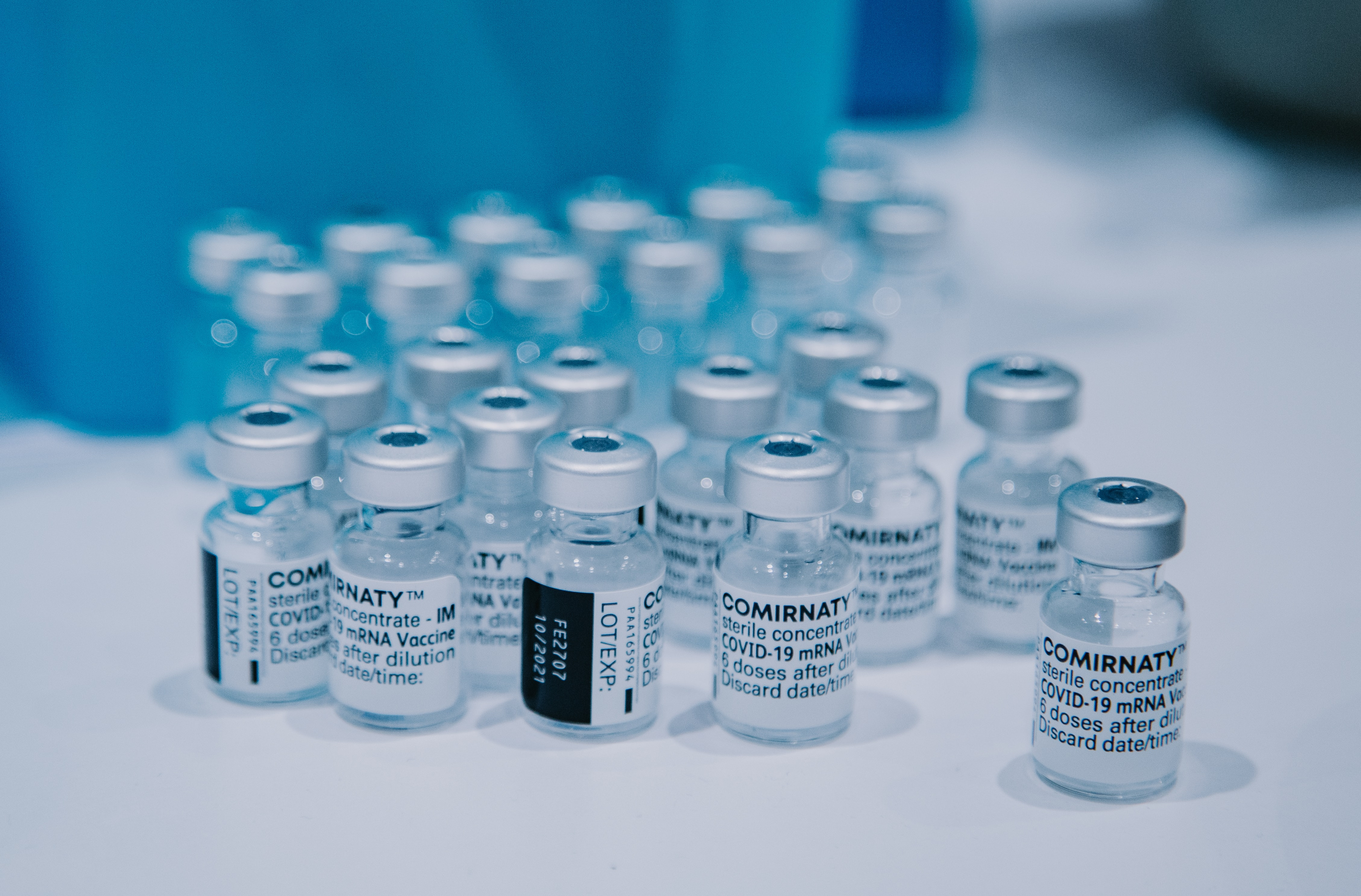
Supply is Not Getting to Where it is Needed Most
The available vaccine supply may be sufficient to meet the vaccination targets in theory, but many regions of the world still face significant gaps in supply. The figure in Tab 3.1 reveals the number of doses still needed by countries to reach both the 40 percent and 70 percent targets.
The gap between the number of doses delivered (doses in hand) and doses still needed to meet the targets is greatest in sub-Saharan Africa, with gaps in South Asia as well (map in Tab 3.2).
While supply is not the primary issue at a global level, it is still a key limiter at a country level. Countries cannot administer vaccines they do not have.
Source: COVID GAP analysis using vaccination rate data from Multilateral Leaders Task Force on COVID-19 (December 14, 2021)
The distribution of global supply has been disproportionately skewed towards high and upper-middle income countries. The uneven distribution is not due to lack of purchases, but of prioritization of delivery to richer countries. High- and upper-middle income countries have more than enough delivered doses to vaccinate more than 70 percent of their populations. In contrast, insufficient numbers of doses have been delivered to lower-middle-income and low-income countries to vaccinate even 40 percent of the populations.
COVAX had originally forecast delivery of 1.9 billion doses in 2021 but has faced significant supply challenges, including export restrictions in India, home to COVAX’s main supplier. By mid-November, COVAX had delivered only 500 million doses and forecasts delivery of another 500-800 million by the end of the year. This has left many low- and lower-middle-income countries without access to expected supply and dependent on donations from other countries. Accounting for expected COVAX deliveries by the end of 2021 still leaves a supply gap of 650 million doses for countries that are not yet at 40 percent coverage.
In low-income countries, while inadequate dose delivery is a key barrier to hitting the 40 percent target, lack of purchased and allocated doses remains a hurdle for meeting the 70 percent vaccination target. Additional support from donors and governments will be needed to make sure adequate supply is secured by and delivered to low-income countries to vaccinate 70 percent of their populations by mid-2022.
Source: COVID GAP analysis using vaccination rate data from Multilateral Leaders Task Force on COVID-19 (December 14, 2021)

